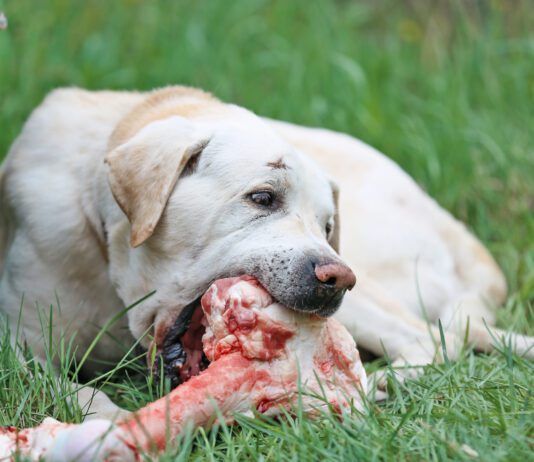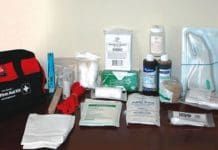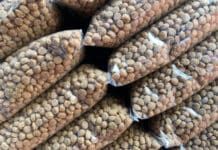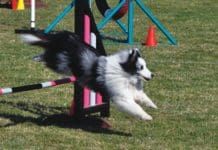First Aid Kits for Dogs: What You Want, What You Need, and What’s Inessential
Every owner should have a first-aid kit for their dogs. But what should be included in that kit? If you're looking for a definitive answer, you'll need to pull out your crystal ball, because there's no telling what you might need in an emergency, since there are infinite ways your dog can be injured. To be prepared for every possible scenario, you'd need a fully stocked van. It really can't be done and shouldn't be done because that's not what first aid" is all about. "
How to Prevent Injury to Your Exuberantly Active Dog
the dog's diagonal pairs of legs move together at the trot. Take note if your dog suddenly starts pacing; it can indicate that he's trying to find a gait that reduces muscle or joint pain. Be aware
That All-Important Wellness Visit
While we know you don't want to hear it, your senior dog needs a twice-yearly veterinary well-visit. There are many health issues that can be treated if detected early
Suspect Your Itchy Dog Has a Food Allergy?
If you suspect your dog has a food allergy, follow these steps:
Elimination Diet for Dogs: Will it Help Your Allergic Dog?
When your dog itches, you know it. That relentless licking, scratching, chewing anything he can do to relieve the itch. He seems obsessed, and he probably is. Whatever you do, don't ignore this problem (as if you could!). Incessant scratching and chewing may indicate food allergy. He'll constantly tear into any place on his body that he can reach with his teeth or claws. You may see ugly hair loss. Until you find the cause, this problem will go from bad to worse.
True Veterinary Emergencies
Dogs can be real stoics, and it can be hard to tell if they are in pain or feeling poorly. Your best bet is to pay close attention to your dog when she is healthy note subtle things, like how she holds her body, the quality of her coat, the vibrancy in her eyes so you can notice when she's not feeling her best.
Should You Race to Take Your Dog to the Emergency Vet Clinic?
the odds are good that your dog's symptoms will resolve with time.
Common Values in a Canine Blood Test
Here are some of the values you might find on your dog's chemistry panel, or chem screen
Get Your Dog’s Bloodwork
When it comes to that most primitive part of us, there's nothing as basic as blood. In virtually every culture across the planet, blood represents the stream of life itself. Because its looping path always leads it back to the heart that great repository of emotion blood has come to represent all that truly matters to the human spirit: passion, heritage, mortality, atonement, commitment, sacrifice, even our connection to the divine.
Dog Food Elimination Trials Are Worth The Effort
Allergies can literally cause a dog to tear his hair out, setting acute moist dermatitis (hot spots") into motion and triggering fits of paw-licking and head-shaking (caused by allergy-induced ear inflammation and infection). When this happens
Commercial Dog Food For Allergies
Owners who don't feel capable of or willing to carry out a rigorous trial may prefer to try a commercial dog food that has been processed in such a way as to render the proteins hypoallergenic, or one designed specifically for use in an elimination diet. Chances are good that your veterinarian carries at least one of these types of food. Some are limited-ingredient diets, available over the counter; others are prescription diets. All cost around 30 percent more than even the best nonprescription dog foods.
10 Steps to Healthy Skin and a Silky Coat for Your Dog
All dog lovers appreciate seeing a healthy, happy dog, running in the sun with a glistening coat. And it's great to hear, Wow! Your dog's coat is so soft and shiny. How do you do it?" It's wonderful if you are one of the lucky owners whose dog inspires this sort of spontaneous compliment
















